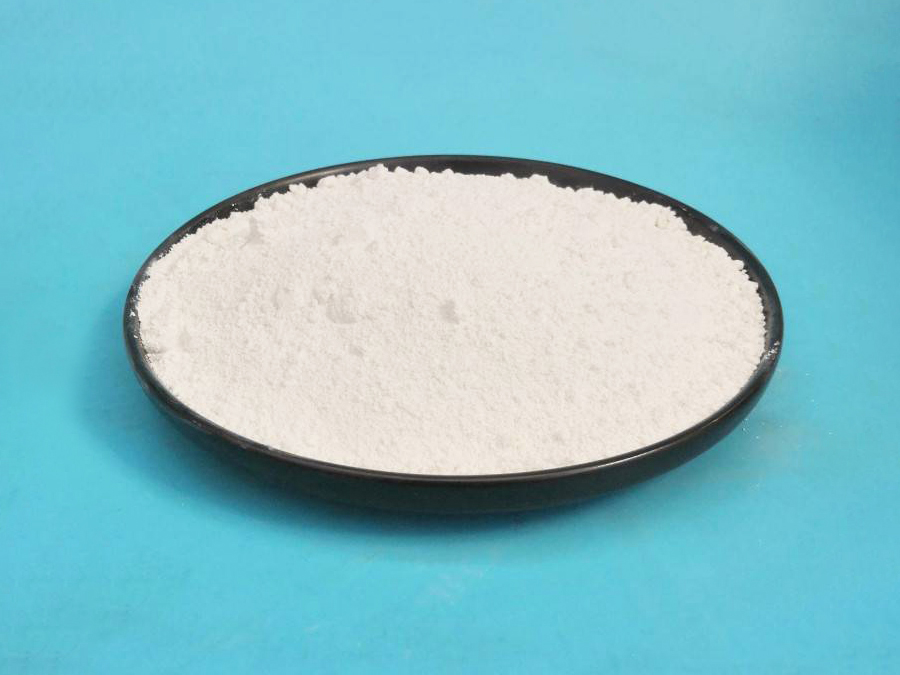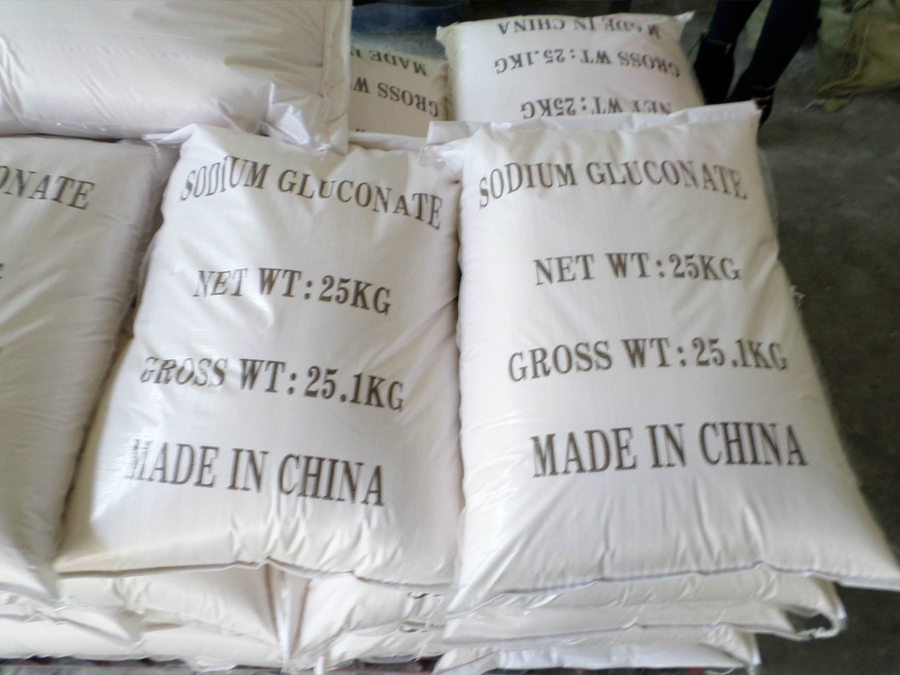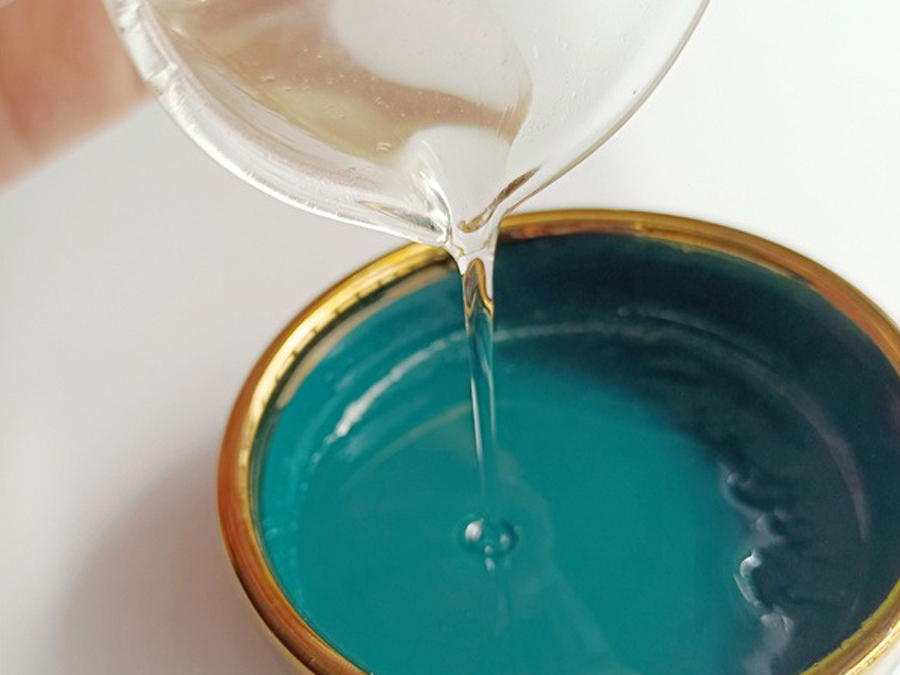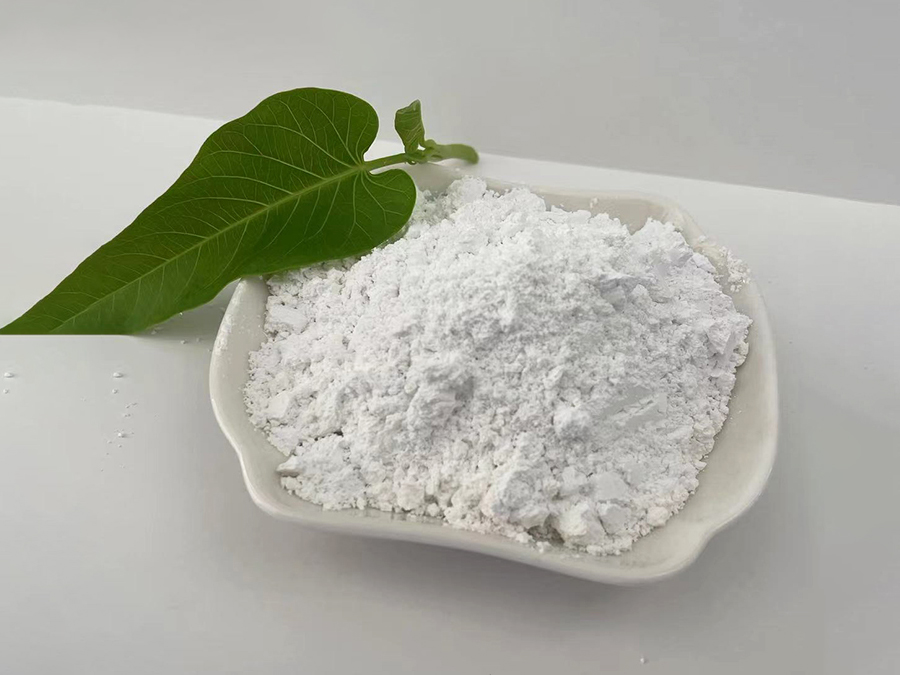
DAXUNTE
PRODUCT RANGE
Hafnium oxide is a white or gray powder, insoluble in water. Hafnium oxide is a chemical, molecular formula is HfO2, often used in spectral analysis and catalyst systems, fusible material.
Hafnium dioxide is white or gray powder. It is insoluble in water, hydrochloric acid, nitric acid and other common inorganic acids, and slowly dissolves in hydrofluoric acid to form fluorohafnate. It reacts with hot concentrated sulfuric acid or bisulfate to produce hafnium sulfate. Mix and heat with carbon in the presence of chlorine to obtain hafnium tetrachloride. It reacts with potassium fluorosilicate to produce potassium fluorohafnate.
Hafnium oxide is a white cubic crystal with a specific gravity of 9.68. Melting point 2,758±25°C. The boiling point is about 5,400°C. Monoclinic hafnium dioxide transforms into a tetragonal system at 1,475-1,600°C in a sufficient oxygen atmosphere. Insoluble in water and general inorganic acids, but slowly soluble in hydrofluoric acid.
Physical properties
Hafnium oxide (HfO2) is a white crystalline powder. Pure hafnium oxide exists in three forms, one in the amorphous state and the other two in the crystalline state. When unstable compounds such as hafnium hydroxide and hafnium oxychloride are calcined at <400°C, amorphous hafnium oxide can be obtained. Continue to heat the hafnium oxide to 450-480°C, and start to transform into monoclinic crystals, and continue to heat to 1000-1650°C to gradually increase the lattice constant, and transform into a monomer of 4 hafnium oxide molecules. At 1700~1865°C, it begins to transform into a tetragonal crystal system. Adding a small amount of hafnium oxide such as magnesium oxide, calcium oxide, and manganese oxide to hafnium oxide can form a solid solution of face-centered cubic lattice at temperatures above 1500°C. If 8%~20% calcium oxide is added to hafnium oxide, the lattice constant α increases from 0.5082nm to 0.5098nm accordingly. If the amount added reaches the formation of CaHfO3, the crystal structure is transformed into a rhombohedral system. Monoclinic hafnium oxide has a density of 9.68g/cm3, a melting point of 3031K, and a boiling point of 5673K.
Chemical properties
The chemical properties of hafnium oxide are similar to those of zirconium oxide, and its activity is related to the calcination temperature. The higher the calcination temperature, the lower the chemical activity. Amorphous hafnium oxide is easily dissolved in acid, but crystalline hafnium oxide does not react even in hot hydrochloric acid or nitric acid, but only dissolves in hot concentrated hydrofluoric acid and sulfuric acid. After crystalline hafnium oxide is dissolved in alkali and hydrochloric acid, it is easy to dissolve in dilute acid. At 1100°C, hafnium oxide and lithium hafnate. At higher than 1500°C, hafnium oxide interacts with alkaline earth metal hafnium oxide and silicon dioxide to form hafnate and hafnium silicate. It forms a series of solid solutions with silicon oxide above 1800 °C. The hafnium salt can be hydrolyzed to obtain amphoteric hafnium hydroxide. Hafnium hydroxide can be dried at 100°C to reach HfO(OH)2, and then it can be converted into hafnium oxide when the temperature is raised. Hf2O3 and HfO can be formed during the carbonization process, but there are few studies on this.
Product Usage
Hafnium dioxide is a ceramic material with wide bandgap and high dielectric constant. Recently, it has attracted great attention in the industry, especially in the field of microelectronics, because it is likely to replace metal oxide semiconductors, the core devices of silicon-based integrated circuits. The gate insulating layer silicon dioxide (SiO2) of the field effect transistor (MOSFEChemicalbookT) is used to solve the size limit problem of the development of the traditional SiO2/Si structure in the current MOSFET.
It is the raw material for the production of metal hafnium and hafnium alloys. Used as refractory materials, anti-radiation coatings and catalysts.
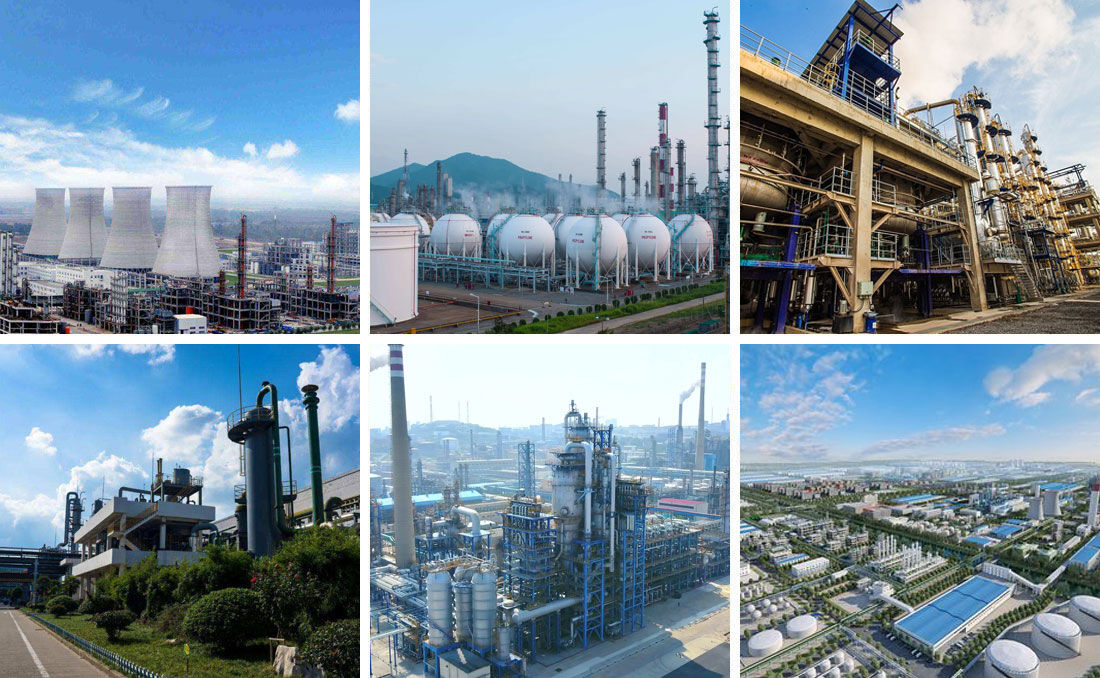
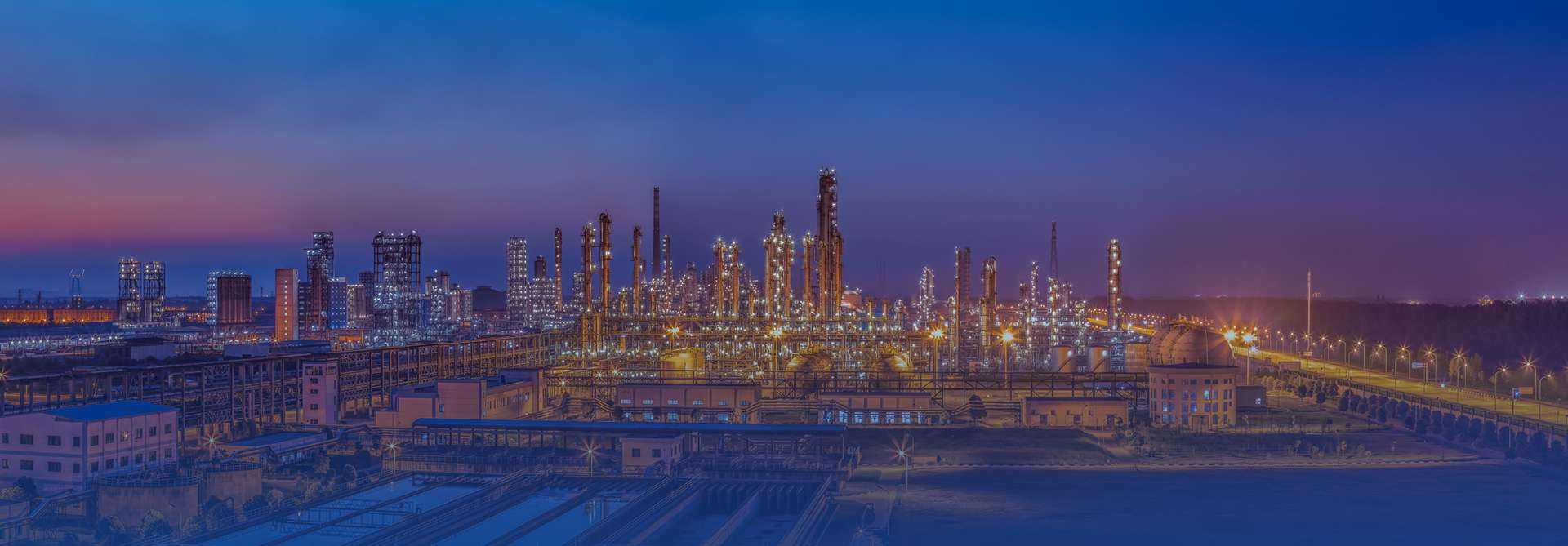
Daxunte (Shandong) Chemical Products Co. , Ltd. . Since its establishment, to pursue quality, integrity service as its own responsibility, and constantly enhance technical strength, improve management level. After years of efforts, the company has developed into a cross-regional diversification of the comprehensive enterprise. Located in Jinan, Shandong province, China's largest chemical production and distribution center, Daxunte (Shandong) Chemical Products Co. , Ltd. It is a professional supplier of high-tech chemical products integrating R&D, production and sales. It has an excellent team with many years of chemical professional background and great innovation ability. The company hopes through technological innovation, management innovation, Mechanism Innovation, warehousing logistics innovation, to create the influence of domestic chemical enterprises.
Chat Online

